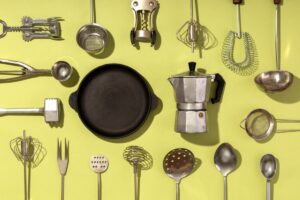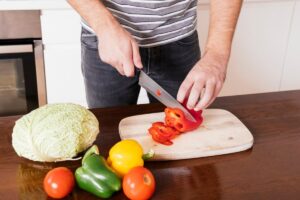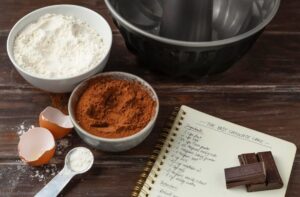The Food Blog
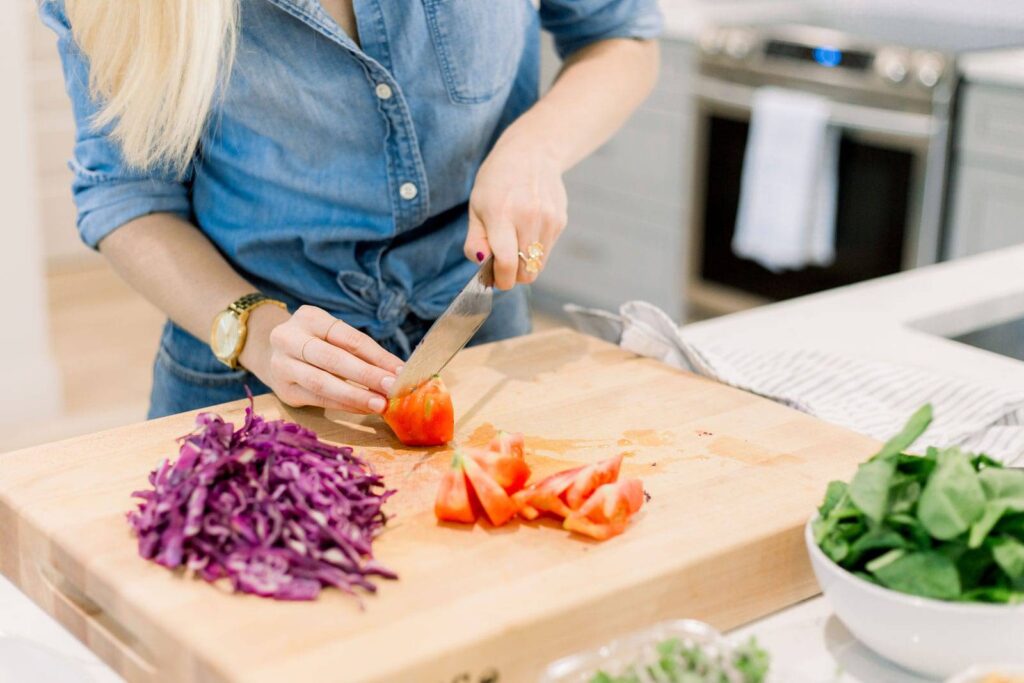
The Essential Cooking Techniques Every Home Chef Should Know
Cooking is both an art and a science. No matter if you’re new to cooking or want to be a home chef, learning key techniques can boost your skills and improve your dish flavours. Knowing how to sauté, braise, roast, or steam makes your meals tasty and well-cooked.
Cooking is not just about following recipes. It’s about understanding ingredients, heat, and methods to bring out the best in every dish. With the right tips, you can cook faster, waste less food, and make restaurant-quality meals at home.
In this guide, we will explore fundamental cooking techniques. These are tricks every home chef should master. This article will help you learn heat control and improve your knife skills. You’ll gain practical tips to build your kitchen confidence.
1. Understanding Heat Control
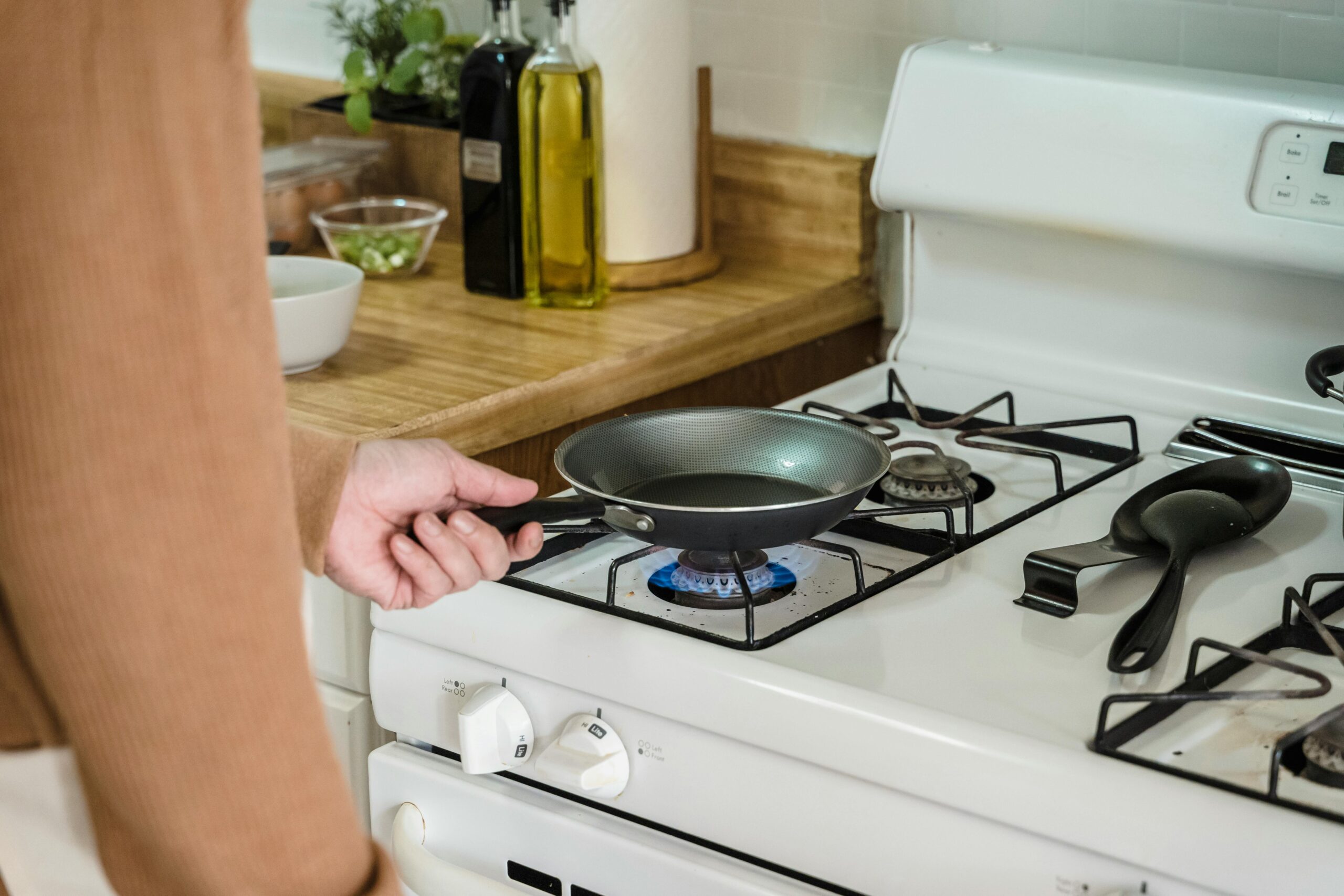
One of the most crucial elements of cooking is learning how to control heat effectively. Heat affects the texture, flavour, and doneness of food. It makes it essential to grasp the following techniques:
1.1 Low, Medium, and High Heat
- Low Heat (simmering or slow cooking): Best for delicate sauces, soups, and braised dishes. Cooking at low temperatures allows flavours to meld together over time. It makes it perfect for slow-cooked stews and broths.
- Medium Heat (gentle cooking): Ideal for sautéing vegetables, cooking eggs, or simmering. Medium heat helps to cook food evenly without burning the exterior.
- High Heat (quick searing): Perfect for stir-frying, browning meat, and boiling water quickly. Using high heat ensures that meats get a nice crust while keeping the inside tender and juicy.
1.2 Direct vs Indirect Heat
- Direct heat: Cooking food directly over a heat source (e.g., grilling, searing, frying). This method is great for fast cooking with intense heat.
- Indirect heat: Using the surrounding heat to cook food slowly and evenly. Examples include baking, roasting, and smoking. This method works well for larger cuts of meat or dishes that need more time to develop depth of flavour.
1.3 Controlling Heat for Even Cooking
A major challenge for home chefs is ensuring even cooking throughout a dish. To prevent burning or undercooking:
- Adjust burner settings frequently.
- Use a kitchen thermometer to measure internal temperatures.
- Allow meats to rest after cooking to retain juices and distribute heat evenly.
2. Essential Knife Skills
A well-honed knife and the ability to use it correctly are foundational for any home chef. Mastering the following knife skills will make meal preparation more efficient and safer:
2.1 Types of Knife Cuts
- Chopping: Roughly cutting food into uniform pieces. It is typically used for onions, garlic, and herbs.
- Dicing: Creating evenly sized small cubes. It is ideal for preparing ingredients for soups, stews, and stir-fries.
- Julienne: Thin matchstick-like strips, commonly used for carrots, bell peppers, and potatoes.
- Mincing: Finely chopping ingredients like garlic or herbs for maximum flavour release. Mincing helps distribute flavours more evenly in sauces and marinades.
2.2 Proper Knife Handling
- Hold the knife firmly with a pinch grip on the blade and a secure grip on the handle.
- Use a rocking motion when chopping to maintain control and efficiency.
- Keep fingers tucked in with the claw technique to prevent injuries.
- Invest in a quality chef’s knife and keep it sharp to improve precision and reduce effort.
3. Cooking Methods Every Home Chef Should Master

3.1 Sautéing
Sautéing is a basic cooking method. It means cooking food fast in a little fat on medium-high heat.
Tips for perfect sautéing:
- Use a wide pan to prevent overcrowding, which can cause food to steam instead of sear.
- Heat the pan before adding oil to create a non-stick effect and prevent food from sticking.
- Stir frequently to ensure even cooking and avoid burning.
- Choose oils with high smoke points, such as vegetable or canola oil, for best results.
3.2 Roasting
Roasting is great for enhancing rich, caramelised flavours in meats and veggies. It cooks them in the oven at high temperatures.
Best practices for roasting:
- Preheat the oven for even cooking and better texture.
- Use a roasting rack for meats to allow air circulation and even browning.
- Season generously with herbs, spices, and oil to enhance flavour.
- Flip vegetables halfway through roasting to achieve an even crispness.
3.3 Boiling and Simmering
Boiling is cooking food in water at 100°C. Simmering maintains water just below the boiling point.
Common uses:
- Boiling: Cooking pasta, potatoes, rice, and blanching vegetables.
- Simmering: Making soups, stews, sauces, and slow-cooked dishes to develop deeper flavours.
3.4 Steaming
Steaming preserves the nutrients in food while keeping it tender and moist.
How to steam effectively:
- Use a steamer basket or bamboo steamer.
- Keep water at a steady simmer to maintain consistent steam.
- Do not overcrowd the steamer to allow even cooking and avoid soggy textures.
3.5 Braising
Braising combines dry and moist heat to break down tough cuts of meat. It makes them tender and flavourful.
Steps for braising:
- Sear meat in a pan to develop a crust.
- Add liquid (stock, wine, or sauce) and aromatics like garlic and onions.
- Cook slowly over low heat in an oven or stovetop for several hours.
3.6 Grilling
Grilling imparts a smoky, charred flavour to meats, seafood, and vegetables.
Key grilling tips:
- Preheat the grill to avoid food sticking and to create sear marks.
- Oil the grates lightly before placing food.
- Cook with direct heat for quick searing and indirect heat for slower cooking.
- Allow meat to rest before slicing to retain juices.
4. Sauce-Making Fundamentals
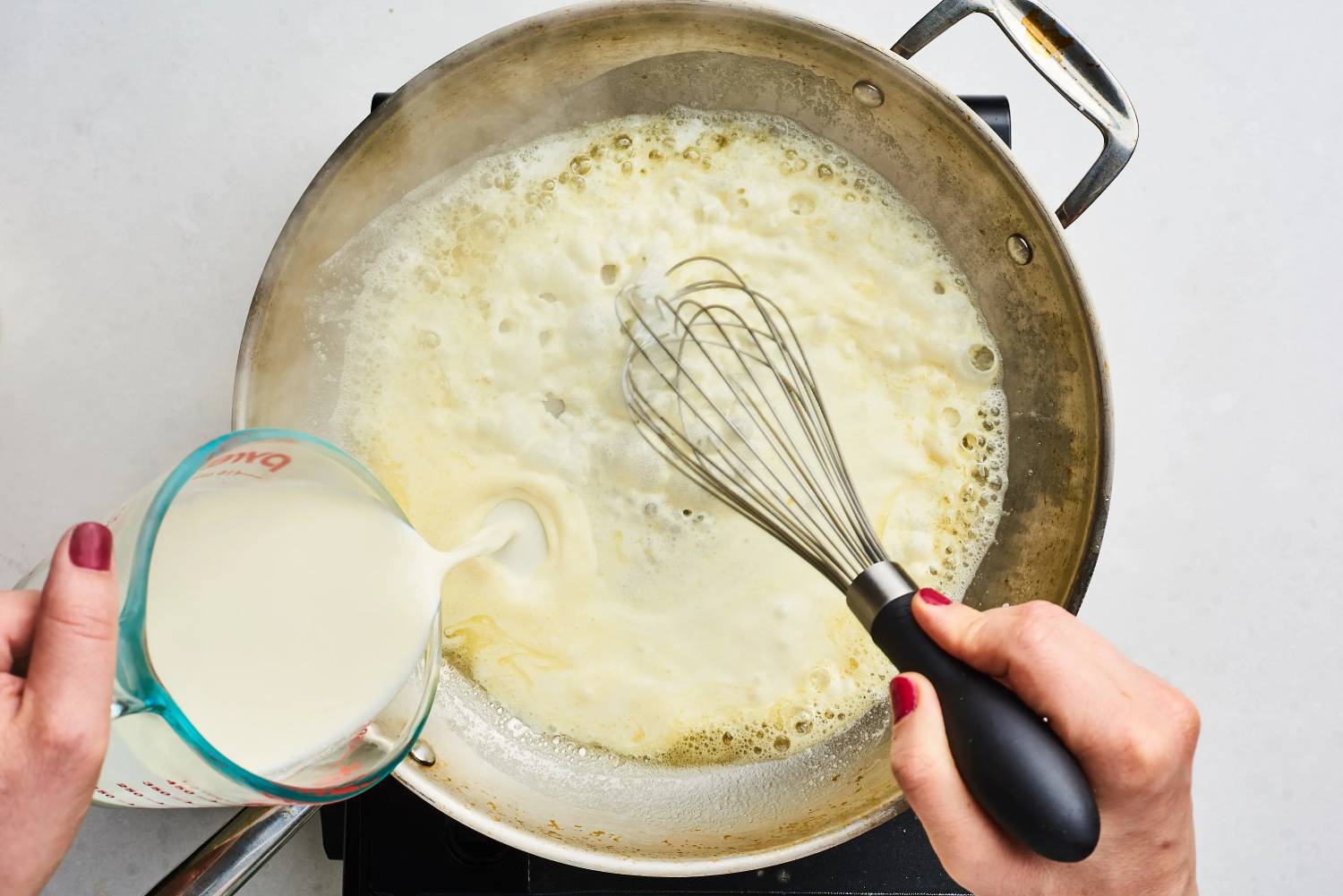
A great sauce can elevate a dish, adding richness and complexity to flavours. Some essential sauces every home chef should master include:
- Béchamel: A creamy white sauce used in lasagna and macaroni cheese.
- Velouté: A light stock-based sauce for poultry and seafood.
- Espagnole: A deep, brown sauce used in stews and gravies.
- Tomato Sauce: The base for many Italian dishes, including pasta and pizzas.
- Hollandaise: A rich, buttery sauce perfect for eggs benedict and vegetables.
- Pan Sauce: Made from the fond (browned bits) left in a pan after searing meat. It is deglazed with wine or broth for added depth.
Cooking Techniques for Home Chefs
Mastering essential cooking techniques is the key to becoming a confident home chef. Knife skills, heat control, braising, and sauce-making are key techniques. They will help you create tasty, well-prepared meals.
Now that you’ve got the basics, it’s time to put them into practice. Try using these methods in your daily cooking. Also, experiment with new recipes! Got any favourite cooking techniques or tips? Share them in the comments below!



